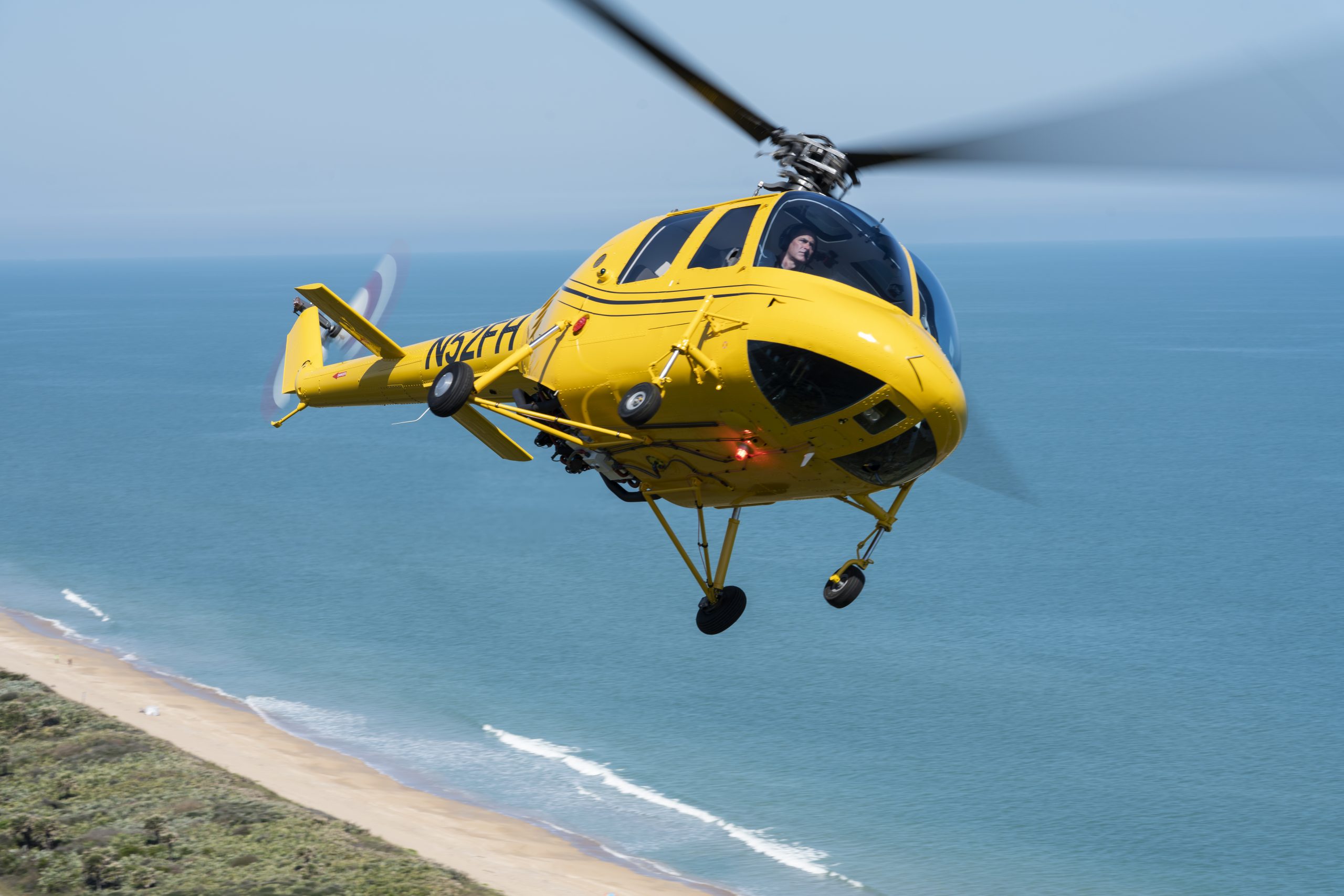
TECHNOLOGIES, INC.
Manufacturer of the Hummingbird Helicopter
Design and Manufacturing
Manufacturer of the
Hummingbird Helicopter
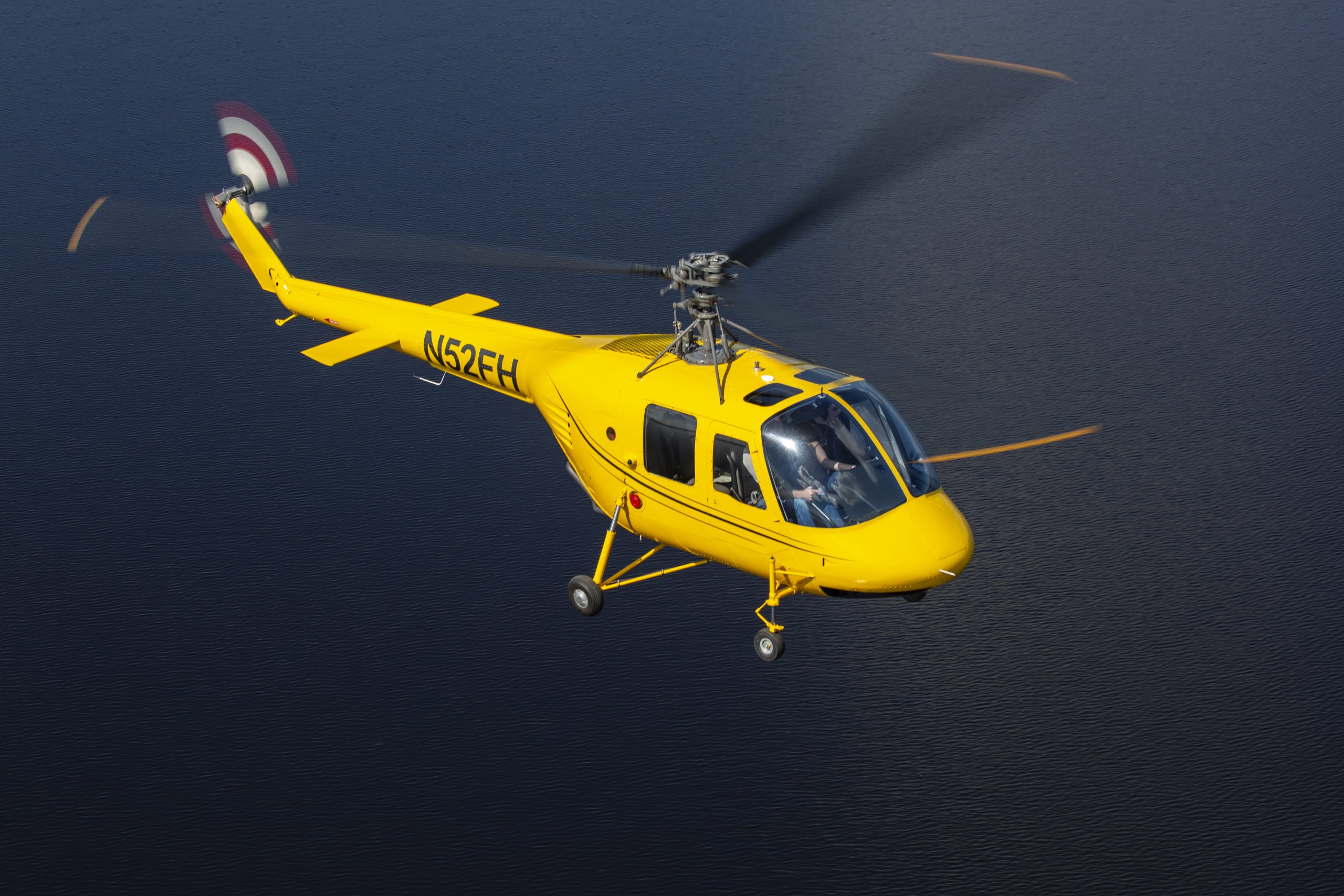
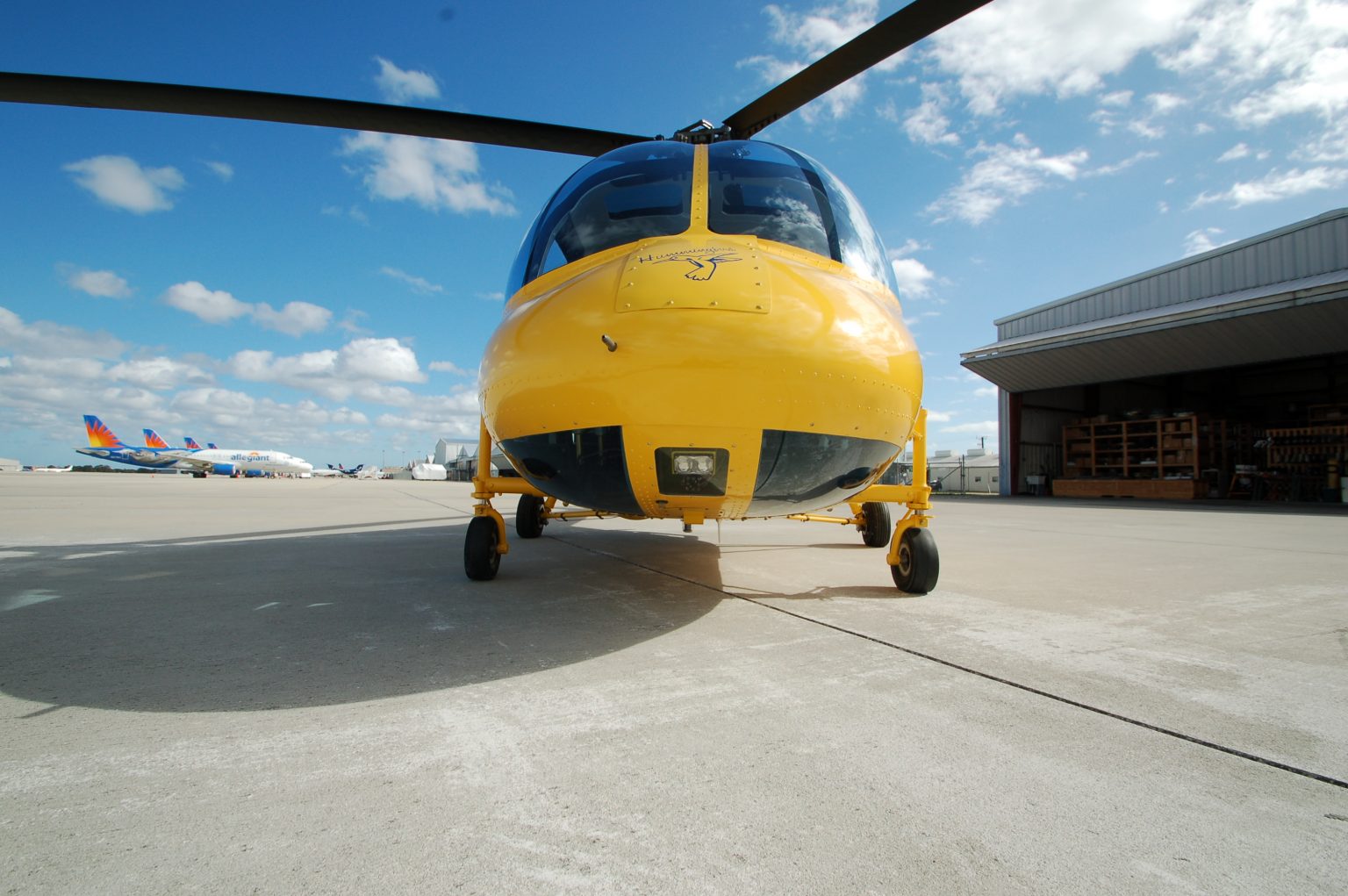
Orlando-Sanford
International Airport
in Florida
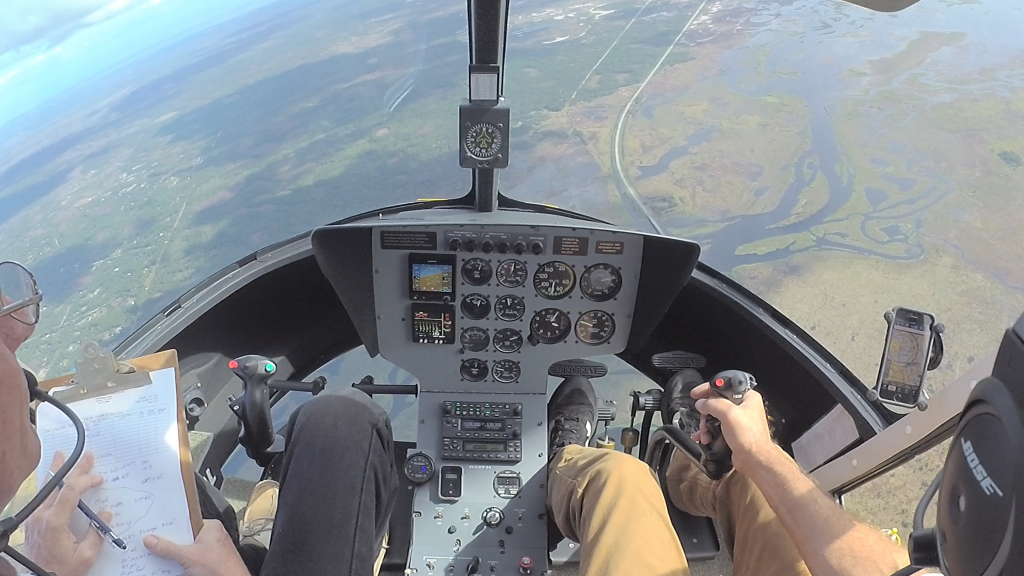
makes us better
THE HUMMINGBIRD HELICOPTER KIT LEGACY
The Hummingbird 300L helicopter model is based on the S-52 helicopter. The S-52 model was FAA certified. The Hummingbird helicopter kit has been improved over the years and sells as an amateur build kit. The Hummingbird 300L is an experimental helicopter kit with wheeled landing gear, good for any type of surface (only found on million-dollar helicopters), has a cabin with plenty of space, for up to four passengers and of which we can proudly say that it is a safe helicopter.
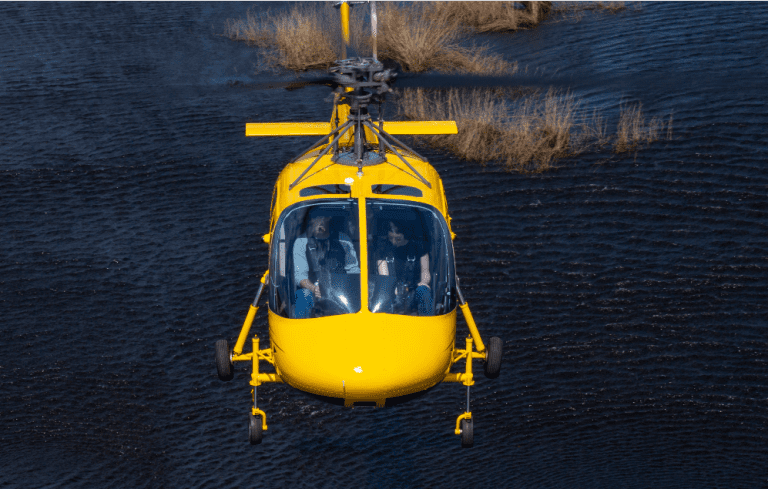
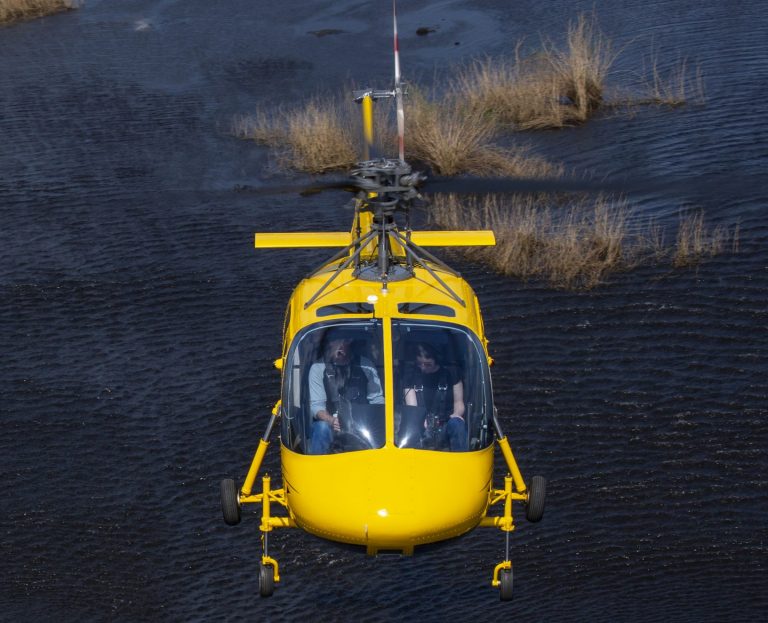
WHAT MAKES US STAND ABOVE THE REST
- Safety – Safest aviation record
- Easy to build and maintain
- Spacious – Comfortable cabin with plenty of space that can fit up to four passengers and has two baggage areas under the forward two seats (4 1/2 cubic feet total space).
- Reliable – Based on an FAA certified design with years of proven reliability. Aviation approved Powerplant.
Spotlight On Safety
Safety is what sets the Hummingbird helicopter apart from other experimental kit helicopters as well as certified designs. Thorough engineering and meeting FAA design standards makes the Hummingbird one of the safest helicopters available.
The following lists some of the extensive design testing completed on the Hummingbird;
- The fuel system is designed to the latest occupant safety and post-crash fire FAA regulations for Part 27 certified commercial rotorcraft.
- Transmission/Rotor containment in order to protect occupants.
- Seat mounting structure designed to collapse in the event of hard landing.
- Shock absorbing struts assist in the event of hard landing.
- Epoxy resins for composite components meet FAA fire resistant regulations.
- The firewall meets FAA Part 27 regulations.
- The fuel bladder is protected by 370 lb. puncture resistant liner.
- In the event of engine failure the blade pitch is automatically reduced to assist with pilot reaction time.
- FAA approved windshield & installation with wide area visibility, chin windows and sun roof.
- Lycoming aviation powerplant with excellent performance margins.
- Components tested to FAA standards for fatigue life substantiation.
- No mast bumping or flight restriction during maneuvers or wind gusts.

- Nose/Windshield structural analysis and FAA approval of new fuselage nose
- Cowling structural analysis
- Horizontal and vertical stabilizer structural analysis
- Tail cone support structural analysis/Finite Element Analysis
- IO-540 engine mount structural analysis/Finite Element Analysis
- Oil tank structural analysis
- Fan blade structural and containment analysis
- Mixing unit structural analysis
- Electrical load analysis
- Safety assessment
- Battery installation report
- Stabilizer load tests
- Endurance tests
- Cooling tests
- Performance tests
- Engine crankshaft torsional vibration test
- Engine calibration test
- Engine detonation test
- Oil tank pressure test
- Carbon monoxide test
- Rotorhead structural test with stress coat
- Tail shaft critical speed
- Critical Whirling speed of main shaft
- Stress and motion survey of twisted rotor blades
- Stress and motion survey of rotary dampers
- Ground resonance test
- Taxiing on rough surface test
- Environmental tests of rotary dampers
- Physical and structural characteristics of main rotor blade extrusion
- Static test fittings
- Service life expectancy of the main rotor blade
- Pressure test of fuel bladder
- Maneuvering flight condition static test
- Drop test for ground loading conditions
- Static test of control system
- Seat and safety belt static test
- Main rotor pylon test of centrifugal unbalance
- Landing gear drop test
- Transmission main shaft test
- Transmission structural test
- Fuel flow test
- Fuel tank calibration
- Exhaust back pressure test
- Handling Qualities test
- Height Velocity test
- Airspeed calibration
- Night flight
- Compass swing
- General casting tests
- Tail rotor endurance life substantiation
- Tail pylon, intermediate, and tail gearbox strength substantiation
- Endurance life of main rotor blade retention
- Stress survey of blade lock
- Endurance life of tail rotor blade retention
- Fuselage static test
- Distribution of applied loads on aircraft for all design conditions
- Operating manual performance calculations
- Ground test program
- 100 hour tie down endurance test
- Cabin vibration survey
So ask yourself, do I really need a certified helicopter with all of the strings attached for the type of flying I enjoy when a Hummingbird offers the same or better engineering, safety, performance and costs. Fly anywhere with no restrictions. Build it yourself while learning every aspect of it, maintain it yourself, make changes with no FAA involvement. Bring back the fun factor!
Oh, and the Hummingbird has no 12 year calendar inspection or 2200 hour overhaul and no mast bumping!
